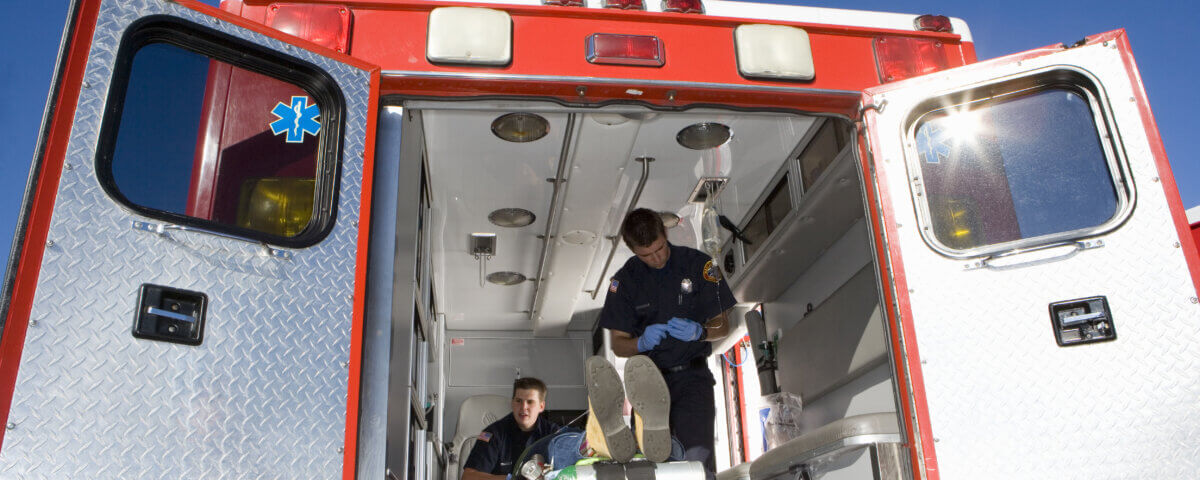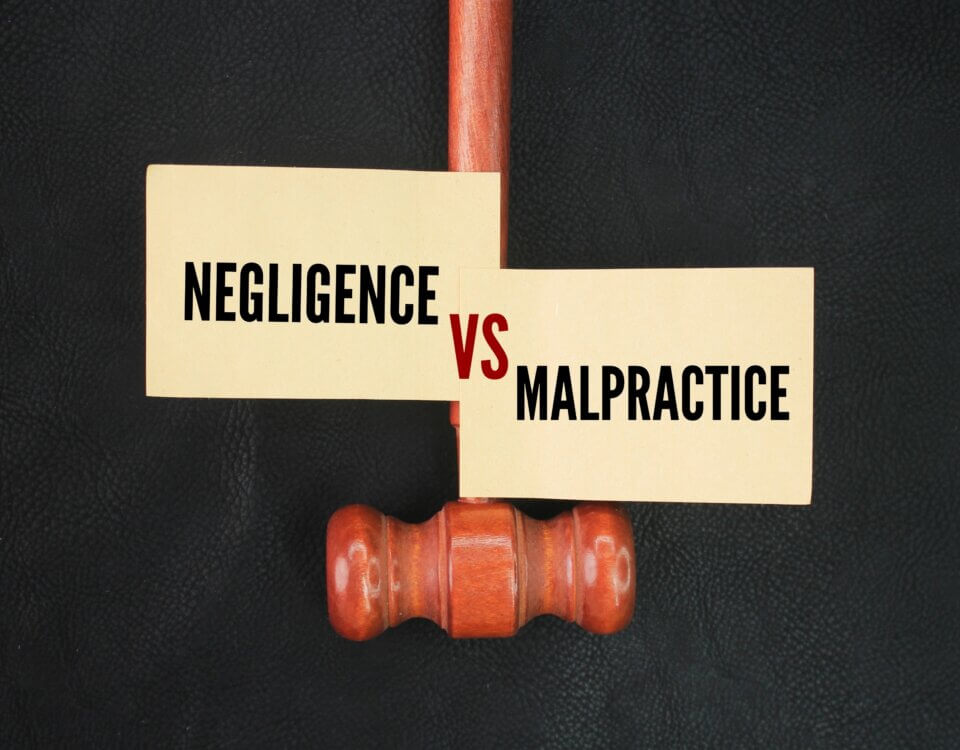Emergency Medical Technicians or EMTs are often first responders when an accident or medical emergency occurs Their role is critical in stabilizing victims and transporting them to medical facilities Their training and licensing obligate them to a standard of care But if they fail to meet that standard and harm results you may have a malpractice claim
EMTs perform many prehospital medical tasks like first aid bleeding control spinal motion restriction splinting extremity support monitoring vital signs CPR assisting childbirth administering certain medications handling airways pulse oximetry cervical collars They are trained under California’s regulatory system and expected to follow protocols Their training does not make mistakes impossible when EMTs deviate from accepted procedures that deviation may lead to negligence or malpractice
Examples of EMT mistakes that can lead to harm include delaying transport to a proper facility rough or careless handling of the patient leading to injury especially to spine or neck giving wrong medication or dosage misdiagnosing or failing to diagnose key symptoms neglecting to monitor breathing failing to support the neck spine or failing to communicate critical information to doctors or medical staff later
An EMT malpractice claim requires proving certain things First you must show that the EMT owed you a duty of care meaning they had a legal obligation to act reasonably under the circumstances Then you must show that they breached that duty by acting negligently or failing to act as a reasonably competent EMT would You must show that the EMT’s breach caused your injuries and that you suffered actual damage such as medical costs, pain and suffering, physical disability or death
Often you will not sue the EMT personally but rather the ambulance company, emergency response agency, or employer because EMTs typically work for an organization Those entities may be vicariously liable for the actions of their EMTs
Gross negligence, willful or reckless conduct or acts beyond the EMT’s certified scope of practice may lead to more serious liability claims In cases of gross misconduct like intentional harm discriminatory treatment refusing to provide needed care or performing procedures without proper training the legal exposure is greater
Gathering strong evidence is essential Medical records, EMS reports, witness statements, photos of injuries or scene, communication records, equipment logs all may matter Expert testimony may be needed especially to show the standard practice, what the EMT should have done, how they failed and how that failure caused your harm
If someone dies because of EMT error you may bring a wrongful death action The claim may include funeral expenses, loss of financial support, loss of companionship along with other damages
Hillstone Law can help you assess whether EMT malpractice occurred We can evaluate the EMT’s training and certifications, compare what actually happened to accepted standards, collect the medical and logistical records, work with experts, negotiate with the responsible parties and if required file a lawsuit to pursue full compensation
If you or a loved one was harmed because an EMT failed to act appropriately reach out to Hillstone Law for a free evaluation of your case You deserve someone to investigate, protect your rights, and help you seek justice
Note: These blog posts are created solely for the use of Hillstone Law. The information is gathered from internet research, publicly available sources, and artificial intelligence (AI) tools such as ChatGPT. While we aim to share helpful and educational content, Hillstone Law does not independently verify every detail. Some information may be incomplete, outdated, or subject to change without notice. If you believe any part of a post is inaccurate, misleading, or infringes upon copyright, please contact Hillstone Law immediately so we can review it and take appropriate action, including correction or removal.
Disclaimer: The material provided in these blogs is for general informational purposes only and should not be considered legal advice. Reading these posts does not create, and is not intended to create, an attorney-client relationship with Hillstone Law. Our intent is to share knowledge, raise awareness, and provide helpful resources to the public; however, Hillstone Law makes no warranties or guarantees about the accuracy, completeness, or reliability of the information provided, and expressly disclaims liability for any actions taken in reliance on it. The photos used in these posts are for illustrative purposes only and do not depict actual clients, individuals, or incidents unless expressly stated. If you or a loved one has been injured in an accident, please contact Hillstone Law at (855) 691-1691. Our attorneys are available to answer your legal questions and help you understand your rights.






